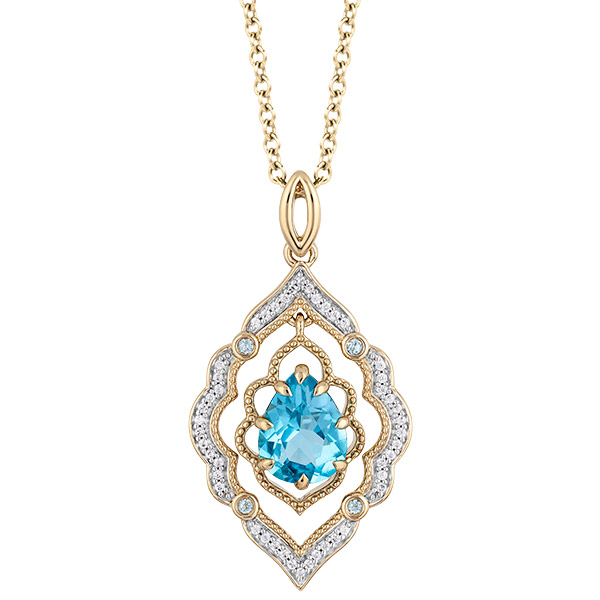
Since she took over Signet Jewelers two years ago, CEO Gina Drosos has tirelessly promoted her “path to brilliance” transformation plan and its three prongs: customers first, a culture of agility and efficiency, and omnichannel.
Yet two years into the planned three-year transformation, it is clear that the path to brilliance—or even just to greater stability—has proved tougher than expected:
• In April, Signet laid off an unspecified number of employees at its Akron, Ohio, and Dallas home offices, after not enough workers took a voluntary buyout Signet offered in February. The company is closing a Dallas manufacturing facility, which will result in the loss of 100 jobs.
• Also in April, The New York Times Magazine ran a 12,000-word cover story detailing allegations of sexual harassment and gender discrimination at Signet’s Sterling division that first surfaced in a now–11-year-old class-action arbitration. Signet has denied the discrimination claims and labeled the harassment allegations “old.” But they were a clear black eye at a time when the company didn’t need it.
• The company’s sales have been consistently disappointing. In the quarter that ended in May, comps fell 1.3%, with every banner registering declines, save for Piercing Pagoda—ironically, Signet’s most atypical business. Even e-tailer James Allen, which had been registering strong sales gains since Signet acquired it in 2017, now regularly posts declines, due to the effect of online sales tax.
• The company has seen turnover in its upper ranks. In the first six months of the year, president and chief customer officer Sebastian Hobbs, chief financial officer Michele Santana, and the managing director of its U.K. division, Emma Hayward, have all left their posts, with Hobbs taking over Hayward’s position on an interim basis.

Drosos has responded by vowing to speed up the pace of innovation in Signet banners, arguing the sales declines were sparked by “legacy” collections like Ever Us. The company has seen strong results from its Enchanted Disney and new Love + Be Loved lines. And in May, James Allen began offering lab-grown diamonds, which makes it the first Signet division to do so.
The company is also trying to refresh its advertising and has recruited new ad agencies for the three main U.S. banners—Kay Jewelers, Jared the Galleria of Jewelry, and Zales. This marks the first year that Signet will spend more on digital advertising than on television.
In addition, Signet plans to close 150 stores over the coming fiscal year, mostly in malls, and has engaged in a series of stock buybacks.
Those are ordinarily things that would cheer the financial community, but it seems Wall Street remains skeptical. At press time, Signet’s stock was trading around the $20 mark, its lowest level since the Great Recession. Just four years ago, it traded at $150.
Top: A pear-shape Swiss blue topaz, diamond, and 10k gold pendant from Zales’ Enchanted Disney Aladdin collection ($599)